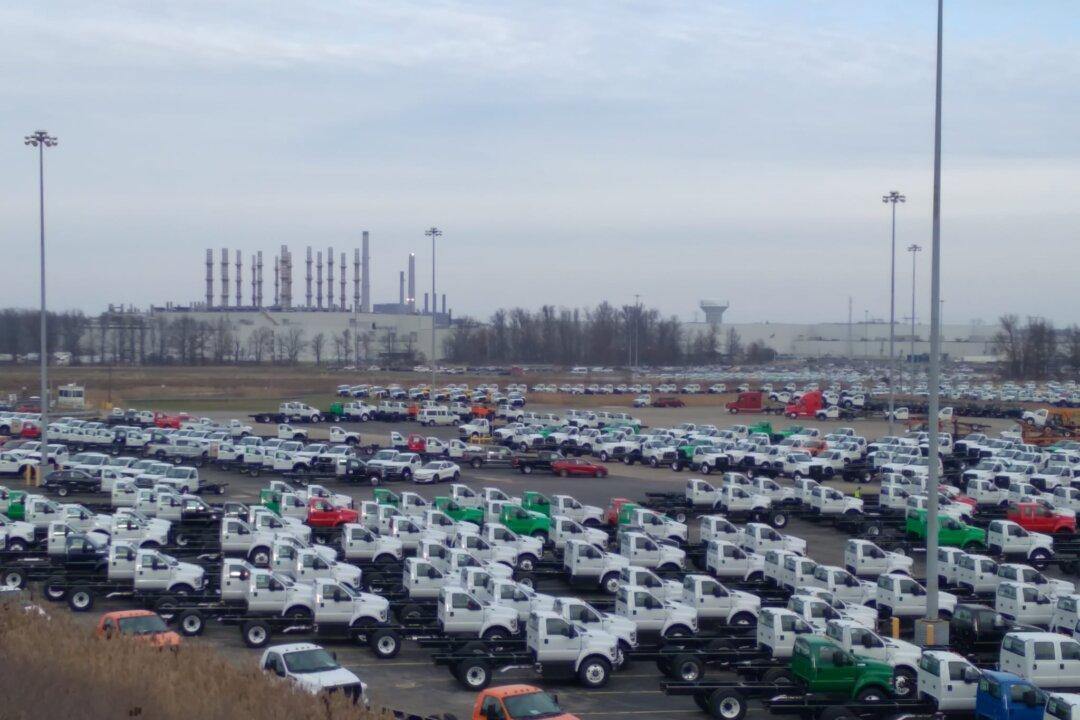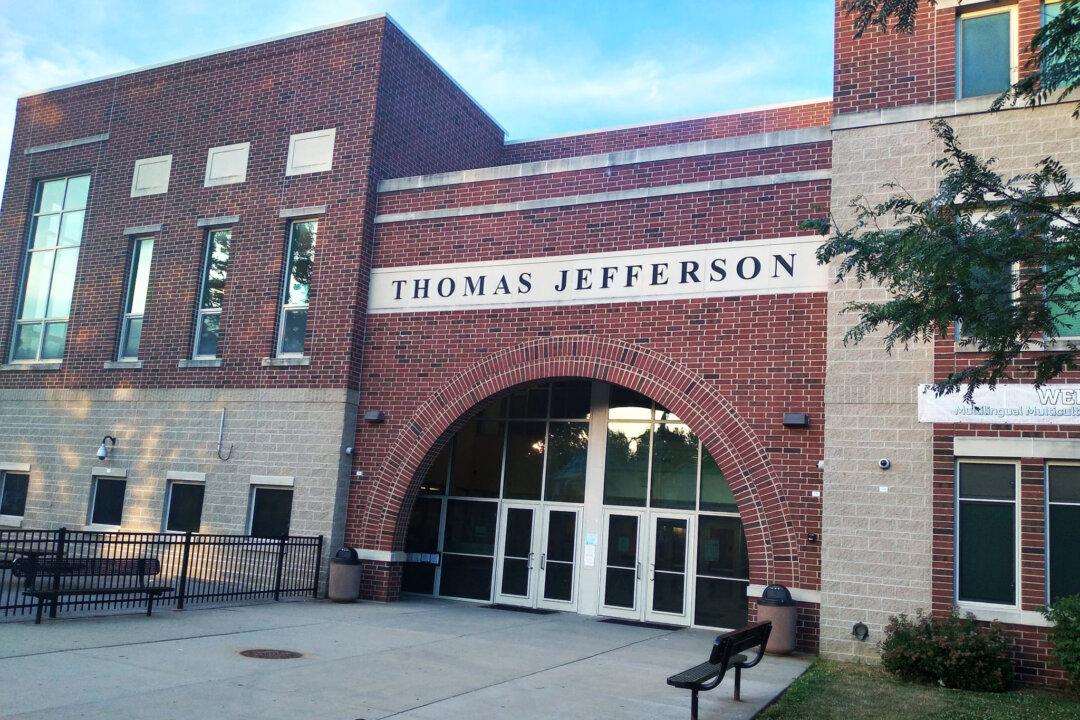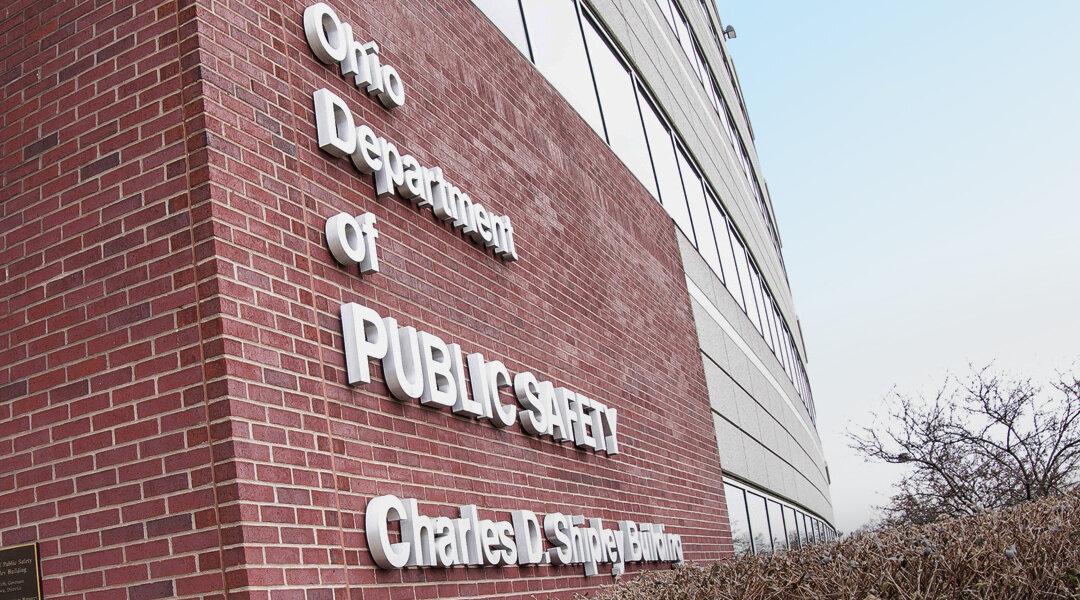Just two years ago, the United States economy was roaring, gas prices were low, and the COVID-19 pandemic hadn’t begun.
November 2019 was the perfect time for a four-year contract to be ratified between the United Autoworkers Union (UAW) and Ford Motor Company that would include a $900 million expansion of the Ohio assembly plant.




